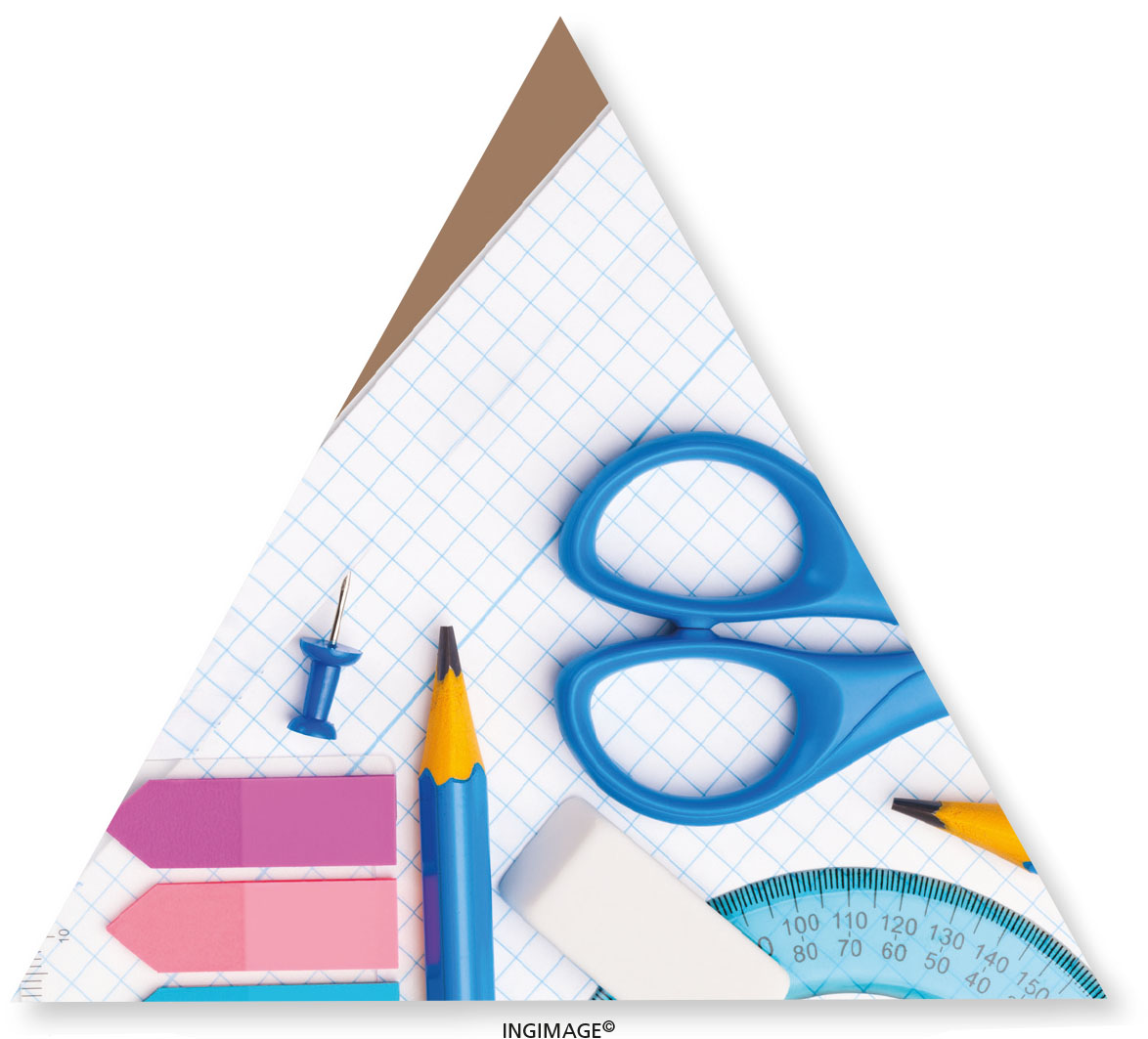EDUCATING SRI LANKA
SCHOOL DAYS
A typical school day in 1950 – and then 2015
BY Goolbai Gunasekara
These two dates are separated by 65 years and the norms of education are as different as if they were a few centuries apart. Never before has the world made such a leap forward as it did in the 20th century – ushering in the Space Age; the Nuclear Age; the Information Age; and of course, the age of computers.
 This caused an unprecedented increase in knowledge. What it did to the expansion of school syllabuses in Sri Lanka was often haphazard.
This caused an unprecedented increase in knowledge. What it did to the expansion of school syllabuses in Sri Lanka was often haphazard.
Let’s take one subject…
In my schooldays, geography was not considered an onerous subject. Once one had mastered the names and extents of rivers, mountain ranges, varied world climates, the seas, their currents and a few other relevant facts, one was considered knowledgeable.
Today’s syllabuses are vast – for example, environmental science is part of geography along with a lot else!
But this month’s column is not about subject matter; it is mainly about how our daily timetables have changed beyond belief. The burden on schoolchildren is much greater than it ever was. I am writing mainly about private girls’ schools in Colombo and citing two composite examples.
School populations in 1950 were small. Bishop’s College numbered around 400 students, Ladies’ College about 600. Other Colombo schools had similar numbers. Only the government schools were beginning to grow mightily as the reign of free education took over.
Let’s call my 1950 heroine Tara. She was 14 years old and got to school on her bicycle in 10 minutes. The roads were almost empty and parents had no fear of their girls being in any vehicular danger.
She carried her schoolbooks in her bike basket. They were not too many. Nothing was particularly heavy and books she did not need for homework could be left on her desk at school overnight. Theft was not a problem.
Tara was a sportswoman. She played the in games for girls at the time – namely netball and tennis. She had to be at netball practice at 7.30 a.m. twice a week; and tennis practice at 3 p.m. after school, also twice a week. There was competition for team places, of course; but it was not fierce.
Most tennis enthusiasts played at their parents’ clubs in-between school practices. Athletics practices were sporadic, depending on the free time of both the coach and students. At Bishop’s, the music teacher doubled up as netball coach, which gives one the relative importance attached to the game.
Academic teaching was of a very high quality and teachers were strict. Classes were small. Tara had 17 in her O-Level class, which made it easy for the form teachers to check on neatness (personal as well as academic), punctuality, behaviour patterns, courtesy etc.
After school, Tara usually cycled home except on those two tennis days when she carried a sandwich lunch to school. At home, she had a varied timetable. She had music lessons twice a week, did her homework, was allowed to listen to the radio for an hour, practised the piano whenever possible and read as much as she was allowed to (this was actually considered a treat).
Family time was usually before dinnertime and sometimes continued after dinner too. Bedtime was 9 p.m. Wake up time (complainingly) was 6 a.m. There was no TV. Mobiles were not heard of. Calmness prevailed.
And what happens today?
Let’s call the 2015 subject Cris. She hails from the same school as did Tara. But life is no longer a frolic through the daisies.
Cris is up at 5 a.m. and in the school swimming pool by 6 a.m. where she trains rigorously under a highly paid coach who brooks no malingering. Heavy traffic makes the use of bikes unusable so cars, private coaches and special buses are popular.
After completing 50 lengths (in addition to whatever else the coach has planned for the day), she showers and is ready for school by 7.30 a.m. One presumes she somehow manages breakfast along the way.
School is tough enough. Cris nods briefly over her chemistry lecture – and who could blame her? It is noon and very hot. She’s tired and had prepared for two class tests, studying until 11 p.m. the previous night. She carries all her books home. There’s no safety leaving them in a class where notes could be filched or even expensive texts stolen if one happens to be preparing for the London exams.
Tuition is necessary for maths so that’s squeezed in before her music lesson at 5 p.m. twice a week. Homework and then dinner follows but in-between this outlined daily programme, there are unexpected variations.
She has to keep a dentist’s appointment, attend a family wedding, have a haircut, practise the piano (it is as vital as studying) and attend water polo practices. She then organises herself for the next day. If lucky, she gets to read or play squash. She loves both but time is not kind.
My comments on this educational whirligig will follow in part two.



